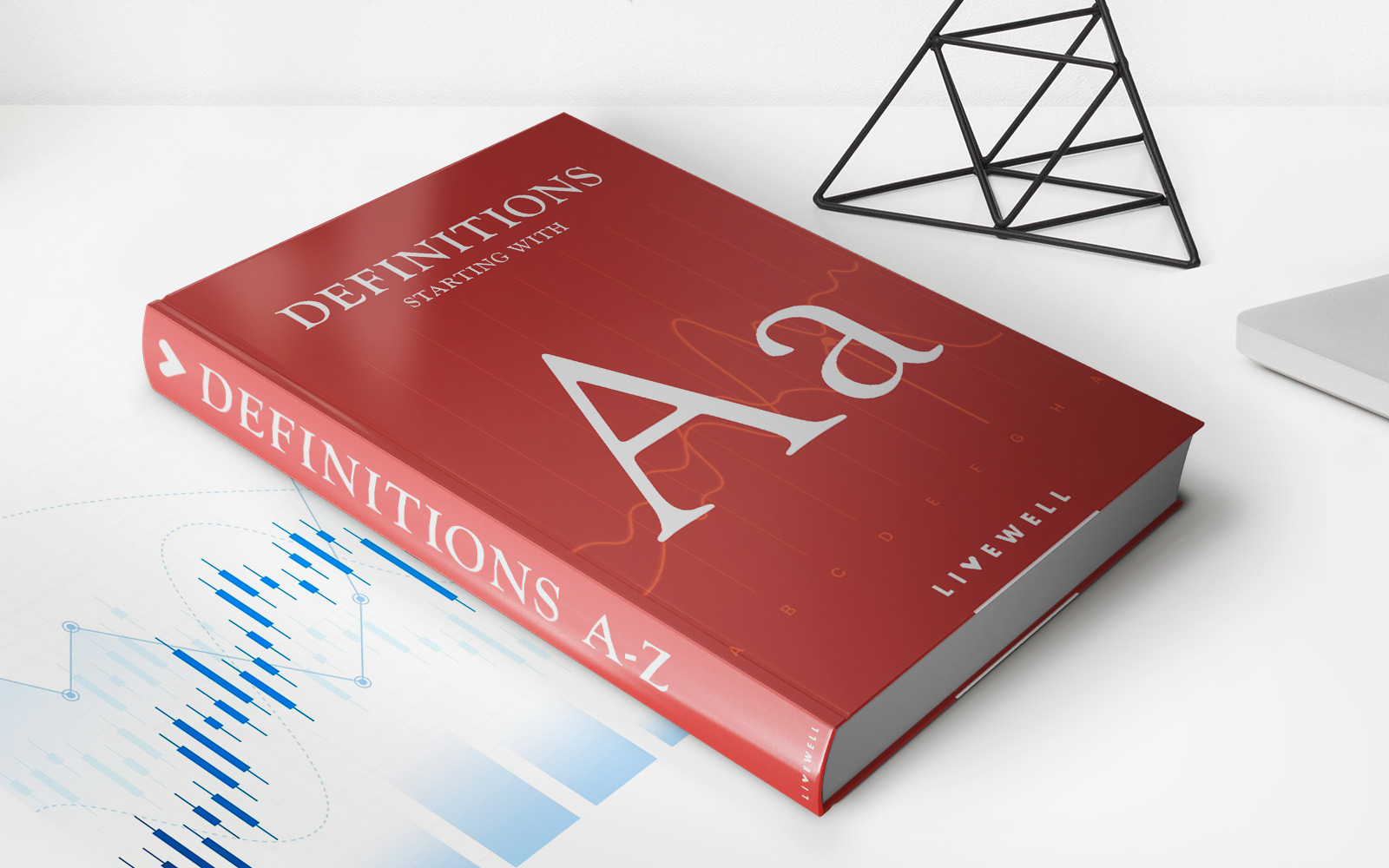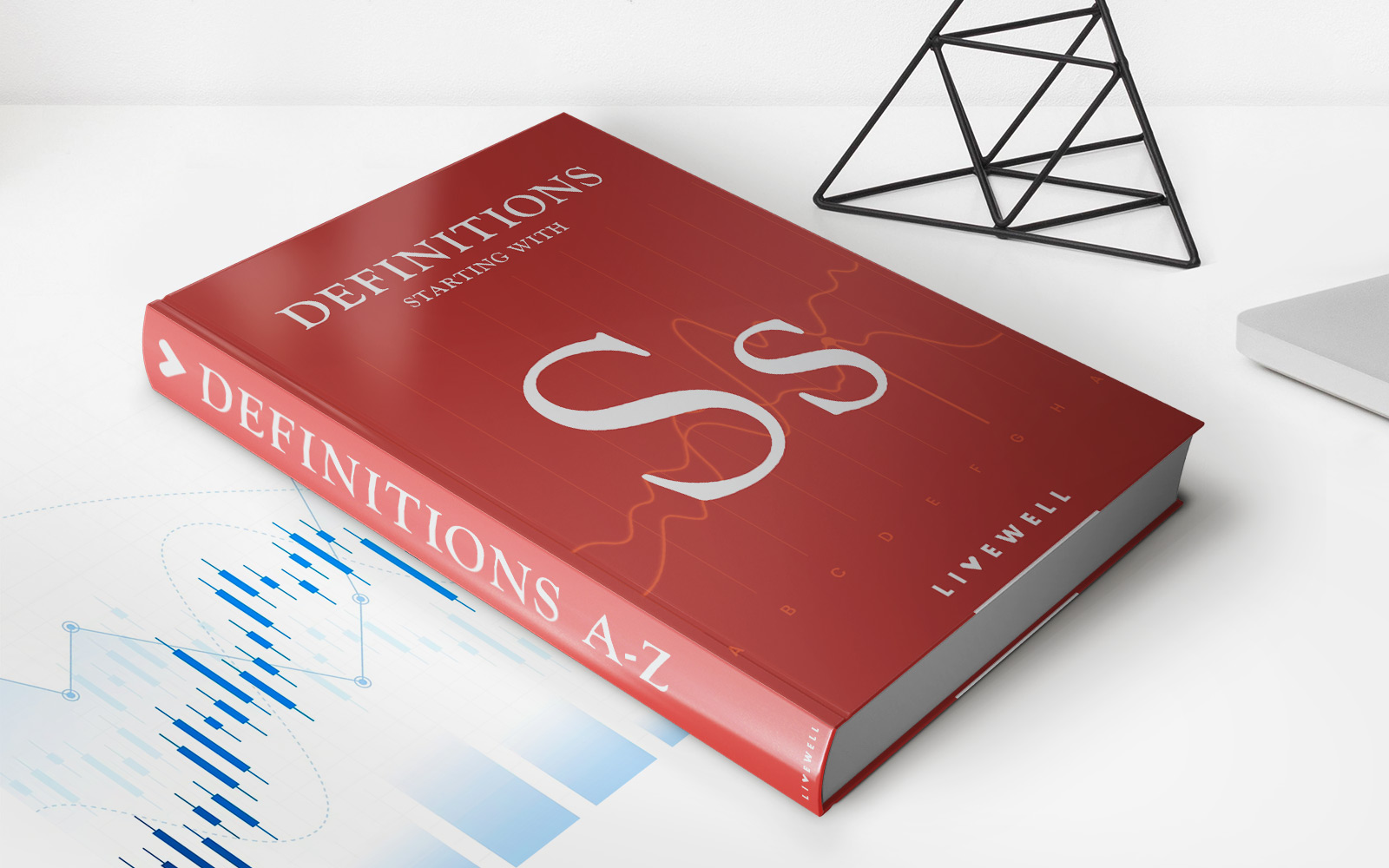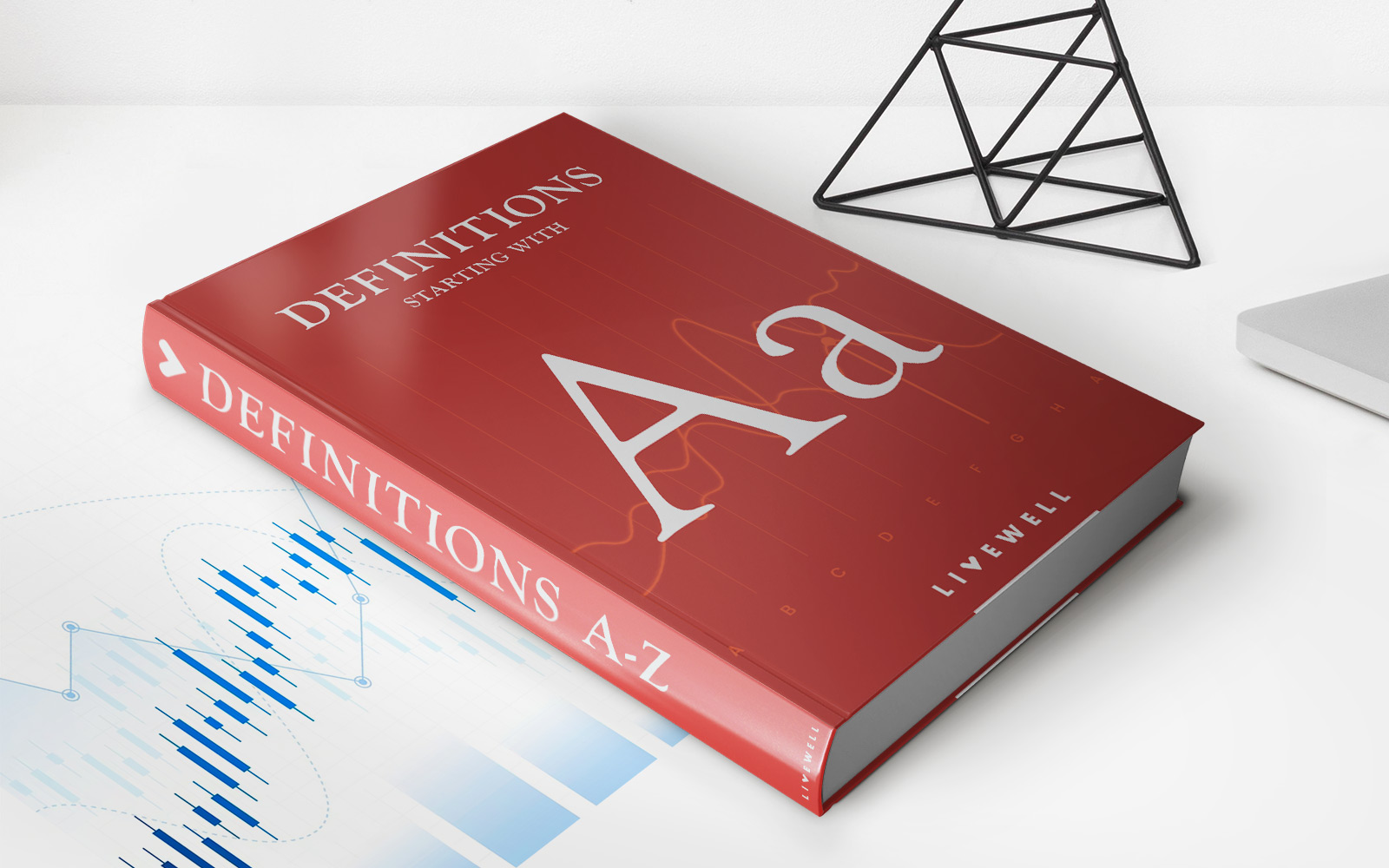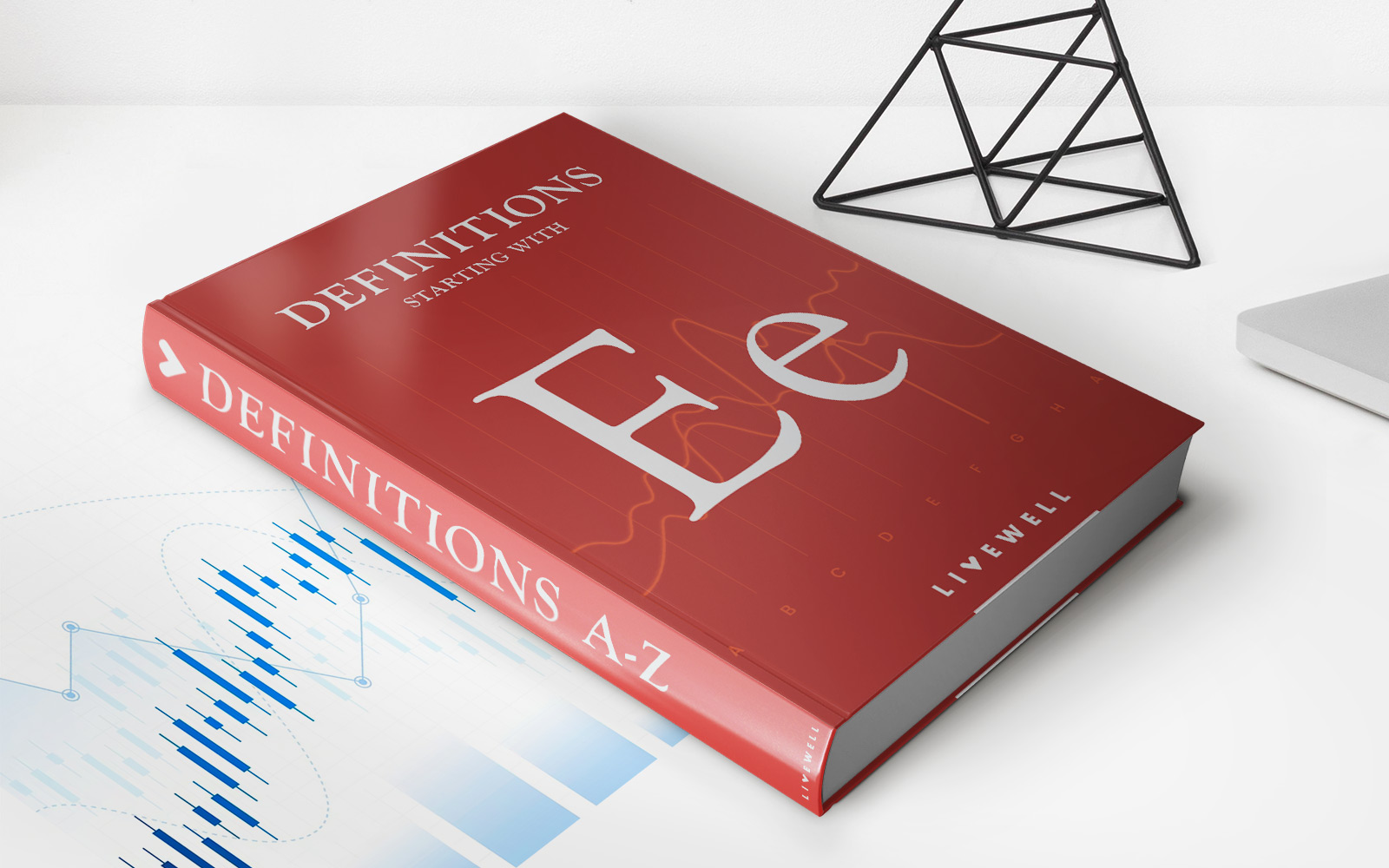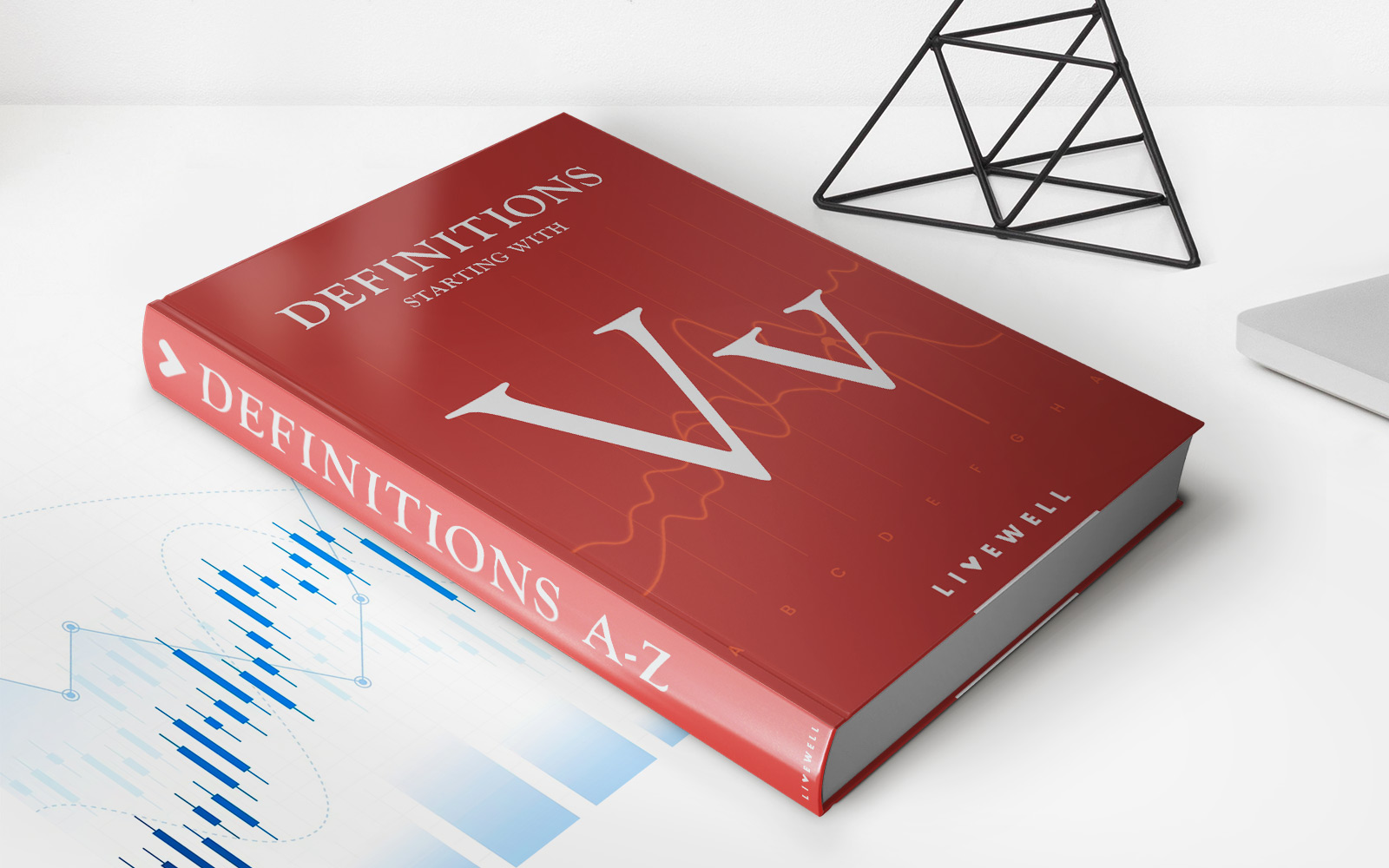Home>Finance>What Is A Plain Vanilla Swap? Definition, Types, And How It Works


Finance
What Is A Plain Vanilla Swap? Definition, Types, And How It Works
Published: January 8, 2024
Learn about a plain vanilla swap in finance - its definition, types, and how it works. Discover the basics of this popular financial instrument.
(Many of the links in this article redirect to a specific reviewed product. Your purchase of these products through affiliate links helps to generate commission for LiveWell, at no extra cost. Learn more)
Welcome to the World of Plain Vanilla Swaps!
When it comes to the realm of finance, there are numerous tools and strategies that help individuals and businesses manage their risk and optimize their financial positions. One such tool is the Plain Vanilla Swap, a popular derivative instrument that plays a significant role in the global financial markets. In this blog post, we will delve into the intricacies of Plain Vanilla Swaps, exploring their definition, different types, and how they work.
Key Takeaways:
- Plain Vanilla Swaps are a type of derivative instrument used to exchange one stream of cash flows for another, based on predefined terms and conditions.
- These swaps are called “plain vanilla” due to their simple and standardized nature, making them accessible to a wide range of participants.
What is a Plain Vanilla Swap?
A Plain Vanilla Swap is a financial contract between two parties that allows them to exchange future cash flows based on predetermined terms. These swaps typically involve the exchange of fixed-rate payments for floating-rate payments or vice versa. This arrangement helps mitigate the risks associated with interest rate fluctuations.
Plain Vanilla Swaps are often used by financial institutions, corporations, and investors as a means of managing interest rate exposure, speculating on interest rate movements, or achieving desired cash flow profiles. They are considered one of the simplest and most common types of derivatives due to their straightforward structure and wide availability.
Types of Plain Vanilla Swaps
There are two primary types of Plain Vanilla Swaps:
- Interest Rate Swaps: This type of swap involves the exchange of fixed-rate payments for floating-rate payments or vice versa. It allows one party to transform their fixed-rate liabilities into floating rate liabilities, or vice versa, based on their risk appetite and market expectations. Interest Rate Swaps enable participants to hedge against interest rate risk or speculate on potential changes in interest rates.
- Currency Swaps: Currency Swaps involve the exchange of fixed and/or floating interest rate payments in different currencies. This type of swap helps participants manage their currency exposure, facilitate international investments, or reduce financing costs. Currency Swaps are commonly used by multinational corporations, financial institutions, and governments.
How do Plain Vanilla Swaps Work?
Let’s break down the mechanics of a Plain Vanilla Swap:
- Two parties, known as the “counterparties,” enter into an agreement to exchange cash flows.
- They agree on the notional amount, which represents the principal or face value on which the cash flows will be calculated.
- Both parties choose the payment frequency (e.g., monthly, quarterly, semi-annually) for the cash flows they will exchange.
- One party agrees to pay a fixed interest rate, while the other party agrees to pay a floating interest rate based on a reference index, such as LIBOR (London Interbank Offered Rate).
- Throughout the life of the swap, which can range from a few months to several years, the parties make their periodic cash flow payments based on their agreed-upon terms.
- At maturity, the principal amount is exchanged back between the counterparties, completing the swap.
It’s important to note that Plain Vanilla Swaps are typically traded over-the-counter (OTC) rather than on organized exchanges. This allows for greater flexibility in tailoring the terms to meet the specific needs of the counterparties involved.
Final Thoughts
Plain Vanilla Swaps play a vital role in the world of finance, providing participants with a flexible tool to manage their interest rate and currency risks. By understanding the definition, various types, and mechanics of these swaps, individuals and organizations can leverage them effectively to optimize their financial positions. Whether you’re a financial professional or someone curious about the intricacies of the financial markets, Plain Vanilla Swaps are worth exploring!
We hope this article has shed light on the fascinating world of Plain Vanilla Swaps. Feel free to explore our other finance-related content on our website for further insights and guidance.

